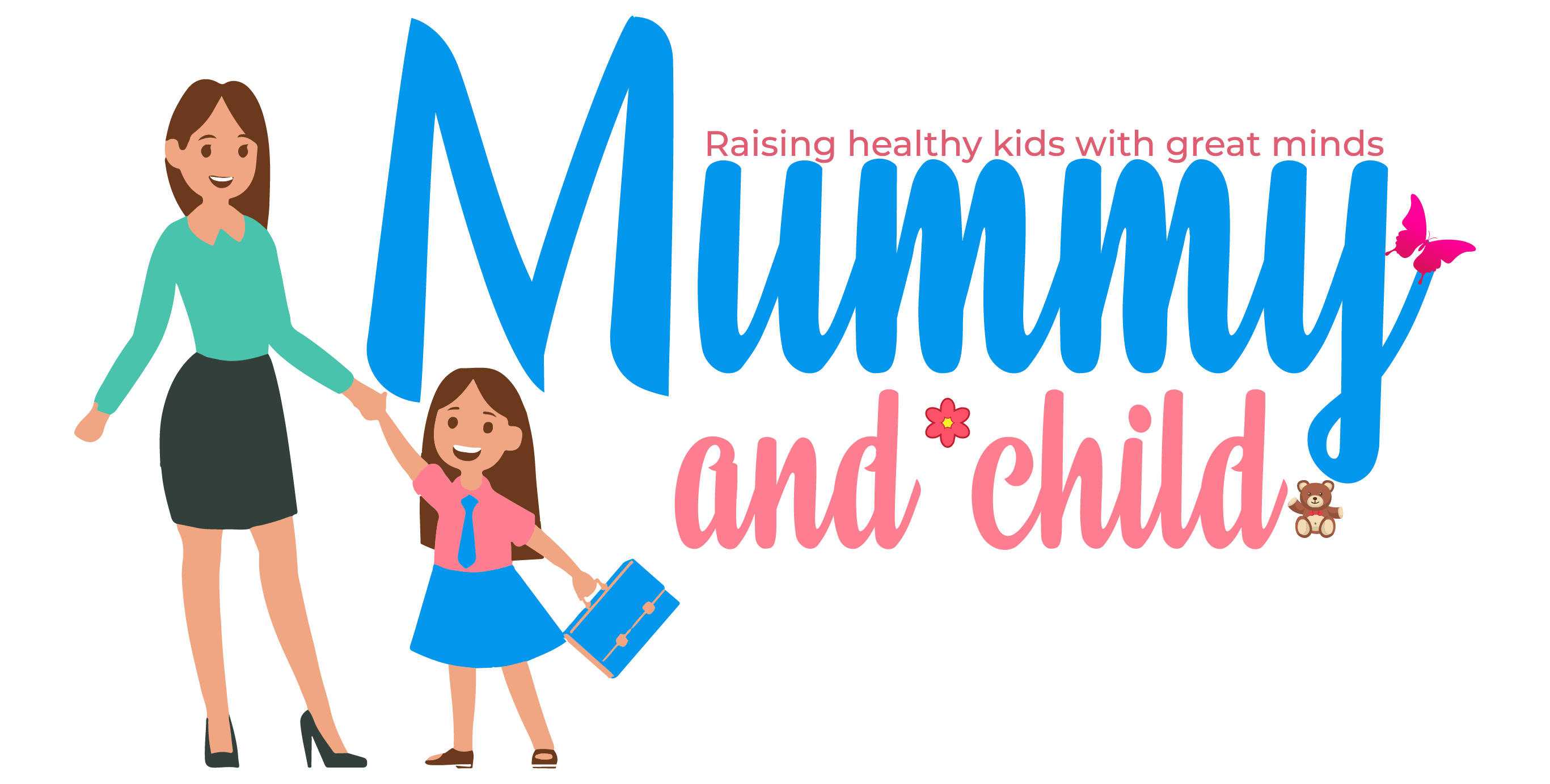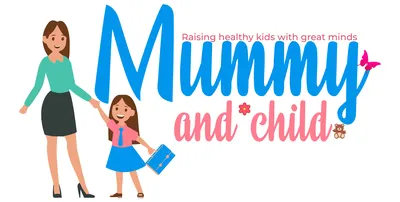Yes lack of solid sleep will impact your toddler’s mood and behaviour but I tend to look at it the other way around…Your child’s general behaviour impacts settling and sleep.
When working with a Toddler on settling and sleep issues, one of the first things I look at is their general behaviour, especially around their bedtime routine. Poor sleep or not enough sleep affects concentration, memory and behaviour, making it harder to control emotions. High emotions, irritability, and lack of structure and boundaries sabotage settling and quality of sleep.
My approach to sleep and behaviour is effective, holistic, and gentle but more importantly, is based on the individual’s personality and behaviour. Rather than focusing on sleep training, we look at every aspect of a child’s routine and behaviour, working on putting in place simple structures and family boundaries. When dealing with frustration or emotional outbursts, encouraging positive communication which all help with a sleep and settling plan.
Routine and behaviour around a bedtime routine can determine whether a child settles easily or not which also has a knock-on effect on the length of overnight sleep.
There are many approaches to Toddler behaviour and sleep training, what may work for one may not work for another and why it’s so important to work with your child’s personality.
Here are a few techniques I use regardless of personality.
Teach Daily Breathing Techniques
Teach breathing techniques as part of your daily routine and at a time of relaxation such a before bed, in the bath or a regular time set aside during focus play. Deep breathing helps calm and refocus when your child hits a period of frustration and upset and if practised regularly this technique can help diffuse an outburst quickly. Deep breathing helps calm the mind and distract away from the situation and change the communication direction. This distraction technique also gives your child a way out of the argument and the ability to move on. A great way to teach and encourage this practice is to make a breathing prop. Get a paper cup, make three or four holes in the base of the cup and then thread coloured ribbons through, tiring a knot in the ribbon in the inside of the cup to keep the ribbons attached to the cup. When your child breathes in and then out the ribbons blow out and into the air. This gives a visual to focus on and also makes defusing an emotional outburst positive. Keep this prop only for practice or for diffusing upset rather as an accessible toy.
Speech, Tone and Listen
Promote the voice you want to communicate in. Stay calm and ask your child to communicate is a calm voice to negotiate or to explain the problem. Listening to your child and always explain the reasons for your actions once calm. A toddler is at an age of independent thinking but will often follow a pattern of behaviour which supports this. For example, if your toddler is shouting or having an emotional outburst wanting a blue cup instead of the red cup and your reaction for ease and understandably, is to swap the red cup for the blue? You are promoting that negative behaviour and the way your child is communicating with you. Swapping the cup once your child is calm and communicates in a positive way enforces good communication.
Consistent Approach
Always keep a consistent approach which delivers a clear message. For example, being inconsistent with the bedtime routine and your approach will only confuse and blur the lines, whether that’s with routine timing or pattern of bedtime routine. Family routine and boundaries actually help a child feel secure and have a positive promotes settling and sleep.
Keep a Routine Progressing with Age
Make sure your child’s routine supports sleep by keeping p with the correct routine for your toddler’s age and ability, this ensures your child sleeps well and stops sleep regression. Sleep regression can creep in when a toddler’s routine is not suiting their individual needs. Areas to look at would be the length of daily naps, physical exercise and food.
Having addressed your child’s behavioural patterns and daily routine, this is where settling and sleep training would come in. A sleep plan again would need to be bespoke to the individual situation and circumstances.
This post was written by Charmian Mead a Toddler Sleep & Behaviour Specialist and the best selling author of 7pm to 7am Sleeping Baby Routine Book which is a 98% effective method which has helped tens of thousands of parents all over the world.



Comments are closed.